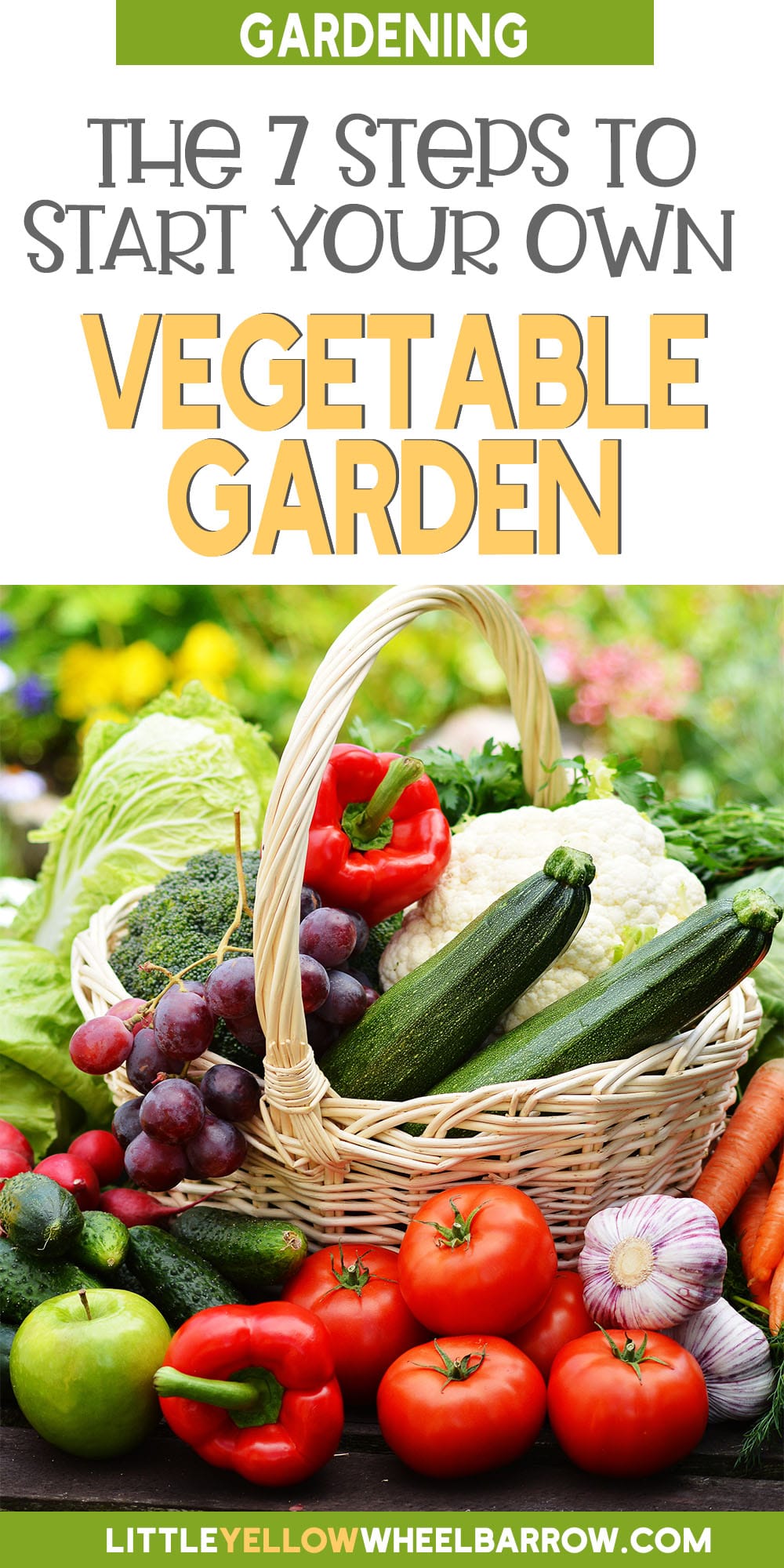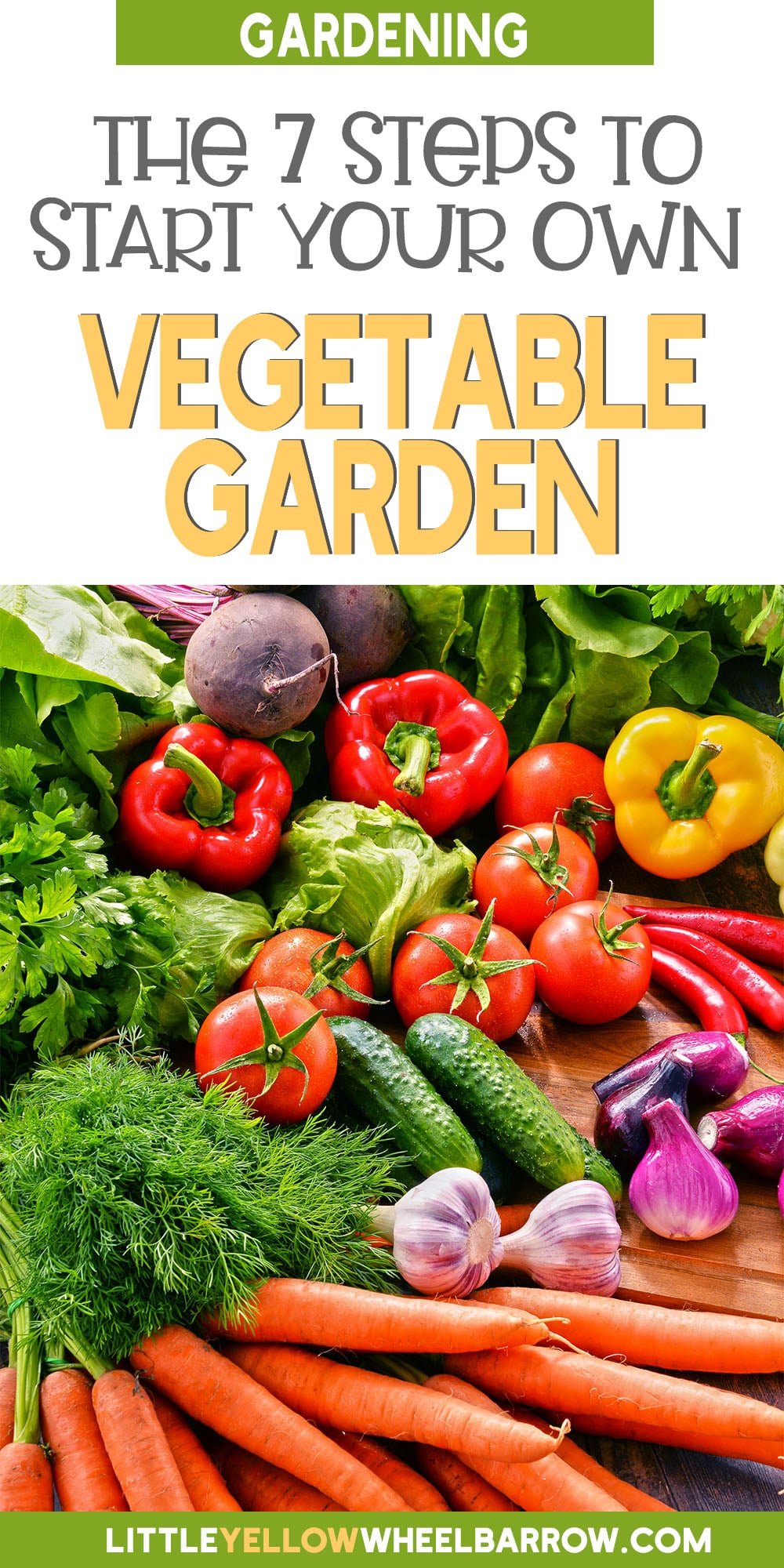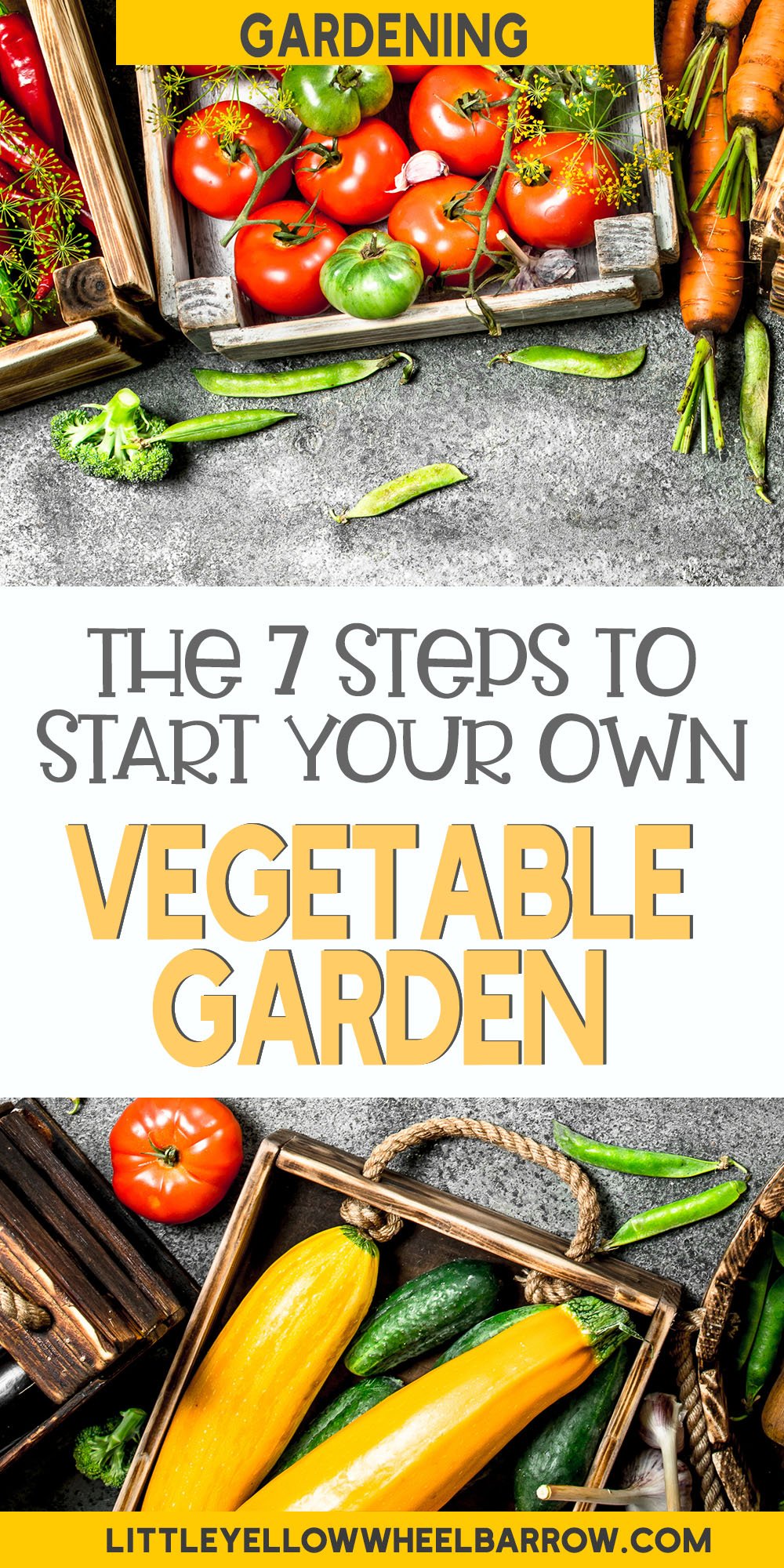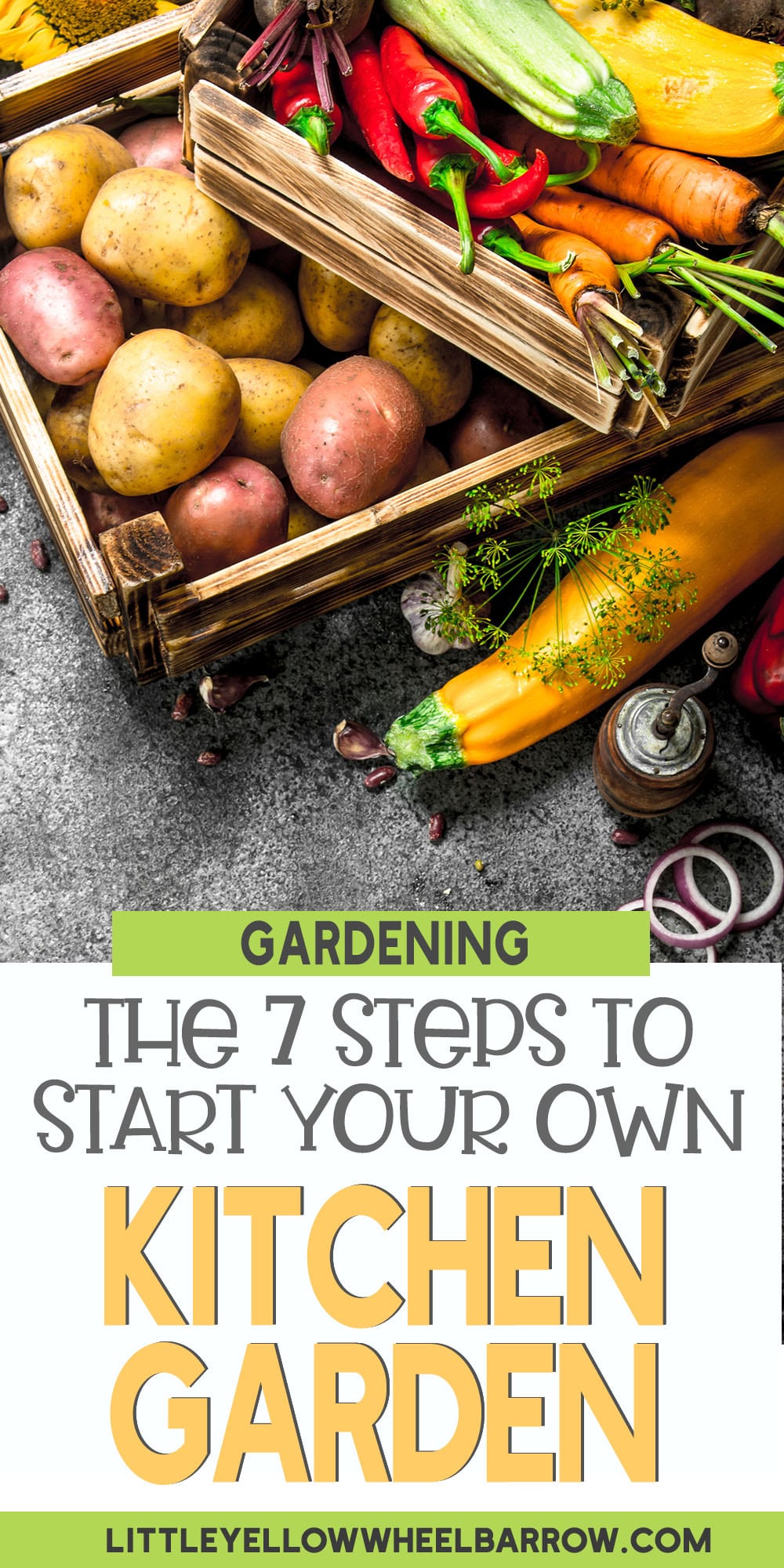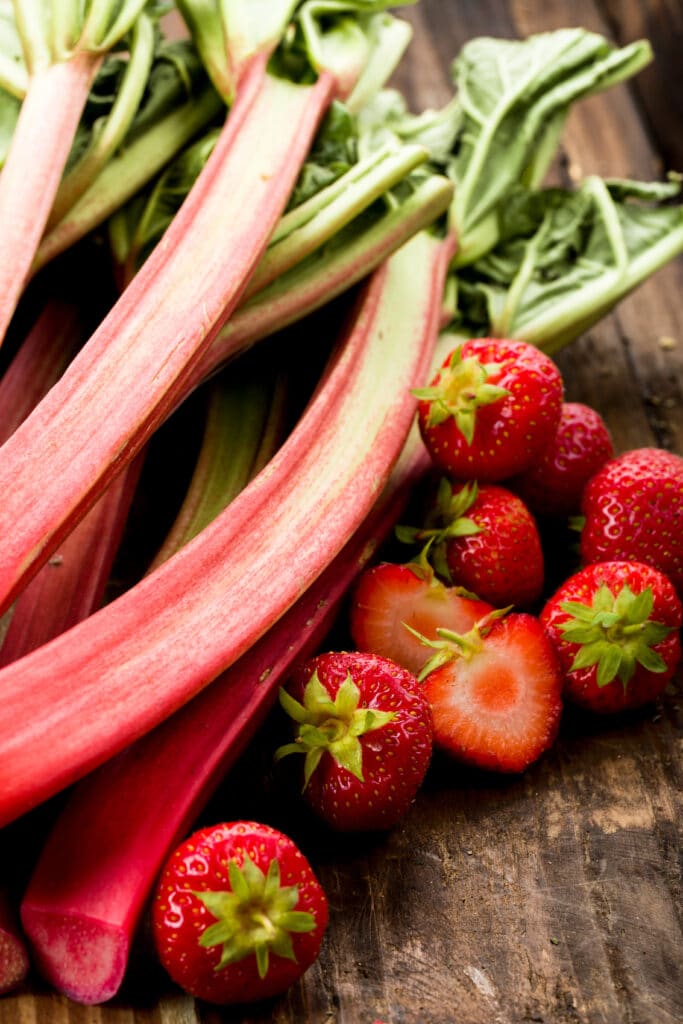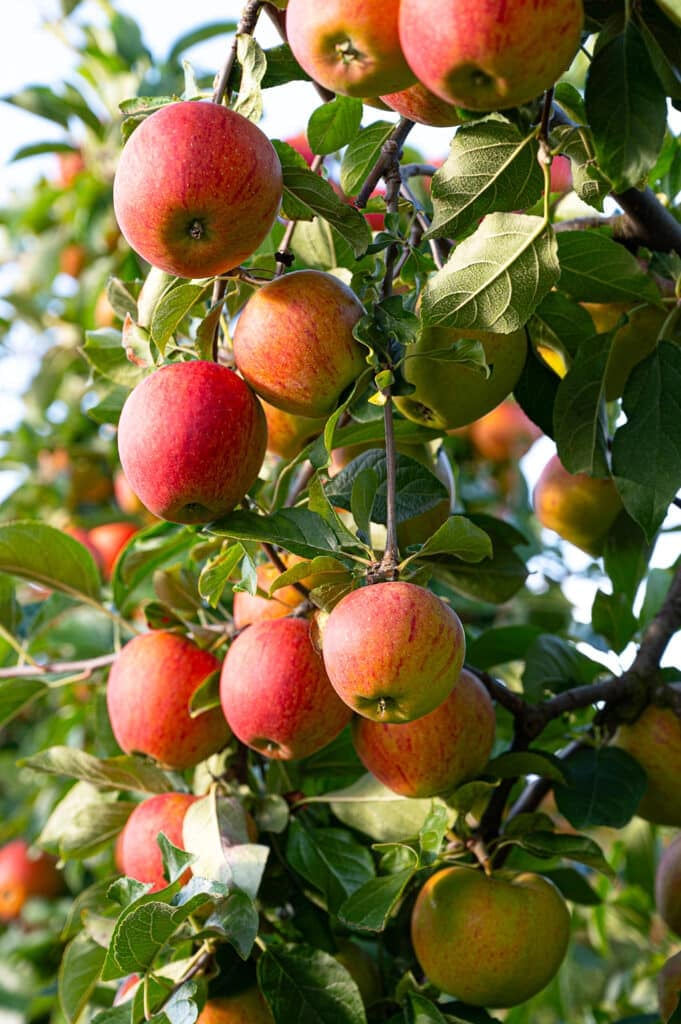How To Plan A Vegetable Garden In 7 Easy Steps
A planned-out garden is a healthy and fruitful garden. Learn how to plan a vegetable garden (the easy way) to increase your enjoyment and produce a higher yield this season.
Do you know what’s currently happening? It’s gardening season!
Whether you’re planning out your first garden or changing up your current vegetable one, you need to have a plan. But I understand. The thought of planning out your vegetable garden may seem like overkill.
After all, you just need to throw seeds into the ground and let them do their thing, right?
Wrong!
Yes, you can throw some seeds into the ground and you will likely achieve a little bit of success. One or two seeds are bound to “take” and start growing.
However, planning out your vegetable garden is good gardening practice because there are many things to keep in mind as you set up your gardening space. If you just “wing it” when planting your seasonal garden, you’re more likely to find frustration and failure than true success.
Today, I’m simplifying the process for you and highlighting the basics of how to plan a vegetable garden to get you started. From choosing what you want to grow to setting everything set up and planting the seeds, I’ve got you covered.

How To Plan A Vegetable Garden In 7 Easy Steps
All that stands between you and the vegetable garden of your produce-growing dreams are 7 simple steps. I’m breaking them down for you here to help take you from planning to gardening as quickly and easily as possible!
If you’re working with limited space, having a well-thought-out layout is key. To make the most of every inch, check out our premade small garden plans—they’re designed to maximize productivity while keeping your garden easy to maintain.
Grab Our Ultimate PRINTABLE Garden Planner
With 39 pages of planning and organizing and the ability to customize your planner with the pages you need, you won’t need another planner for the rest of your gardening life!
$4.99 US

1. Decide What You Want To Grow
In order to plan a vegetable garden, you need to know what you want to grow because different plants have different needs.
I know from personal experience that diving in too quickly and growing everything you can think of will get you in over your head before you realize it. Planting too much too soon is a common mistake that leads to frustration and disappointment for many new gardeners.
To prevent that from happening, I recommend starting small and expanding as you gain knowledge and confidence. Make a list of your garden vegetable “wish list” and narrow it down to your must-haves by taking these factors into consideration:
- Which veggies are more expensive to buy in the store or market.
- The vegetables taste the best when picked fresh from the garden. (I’m looking at you tomatoes!)
- Veggies your family will actually eat (if no one likes tomatoes, don’t grow them!)
- Do you want to preserve pickles, salsa, jams? Be sure to add enough plants to cover your canning requirements.
To help you get started as you brainstorm your vegetable garden wish list, here’s a list of easy vegetables to grow for beginners!
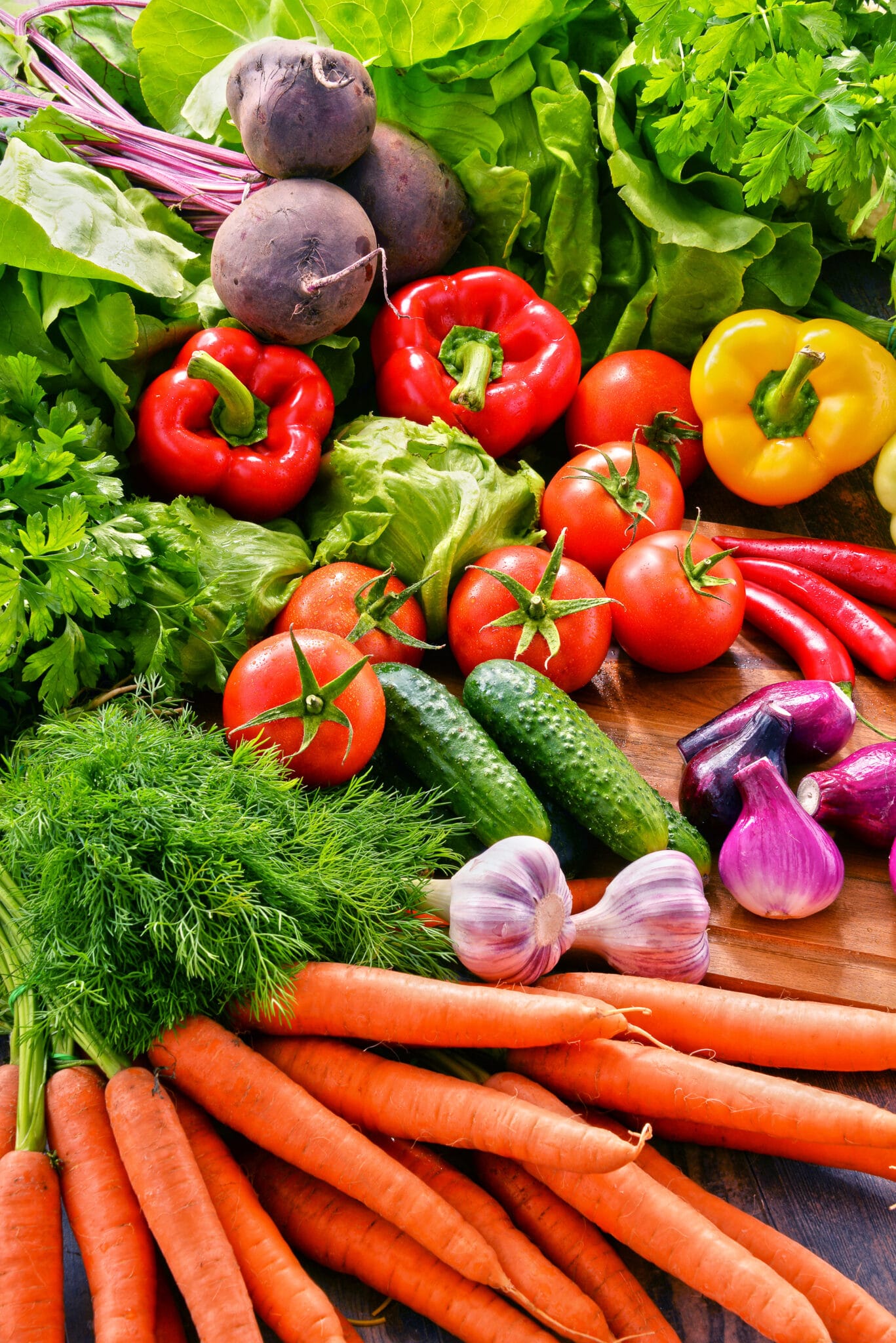
2. Choose Your Location
Once you decide which veggies you want to grow, it’s time to figure out where to grow them. Many vegetables need a full day of sunshine (6+ hours) to produce fruitfully. However, there are a few vegetables that will grow well in the shade.
Picking the right location is absolutely essential!
Once you have your list, use these tips to help you pick a good gardening spot:
- Pick a sunny place (or a partly shady place for those veggies that can tolerate it).
- Most vegetables don’t grow well in soil that’s rocky or allows water to pool. If you don’t have well-draining soil, plant your garden in a way that creates a good draining environment, such as amending your clay or rocky soil with high-quality garden soil or using raised beds.
- Choose a spot that’s somewhat protected. Avoid areas with heavy foot traffic, are prone to flooding, or get strong winds that could blow plants over and damage them.
- If you’re short on space, consider vertical gardening.
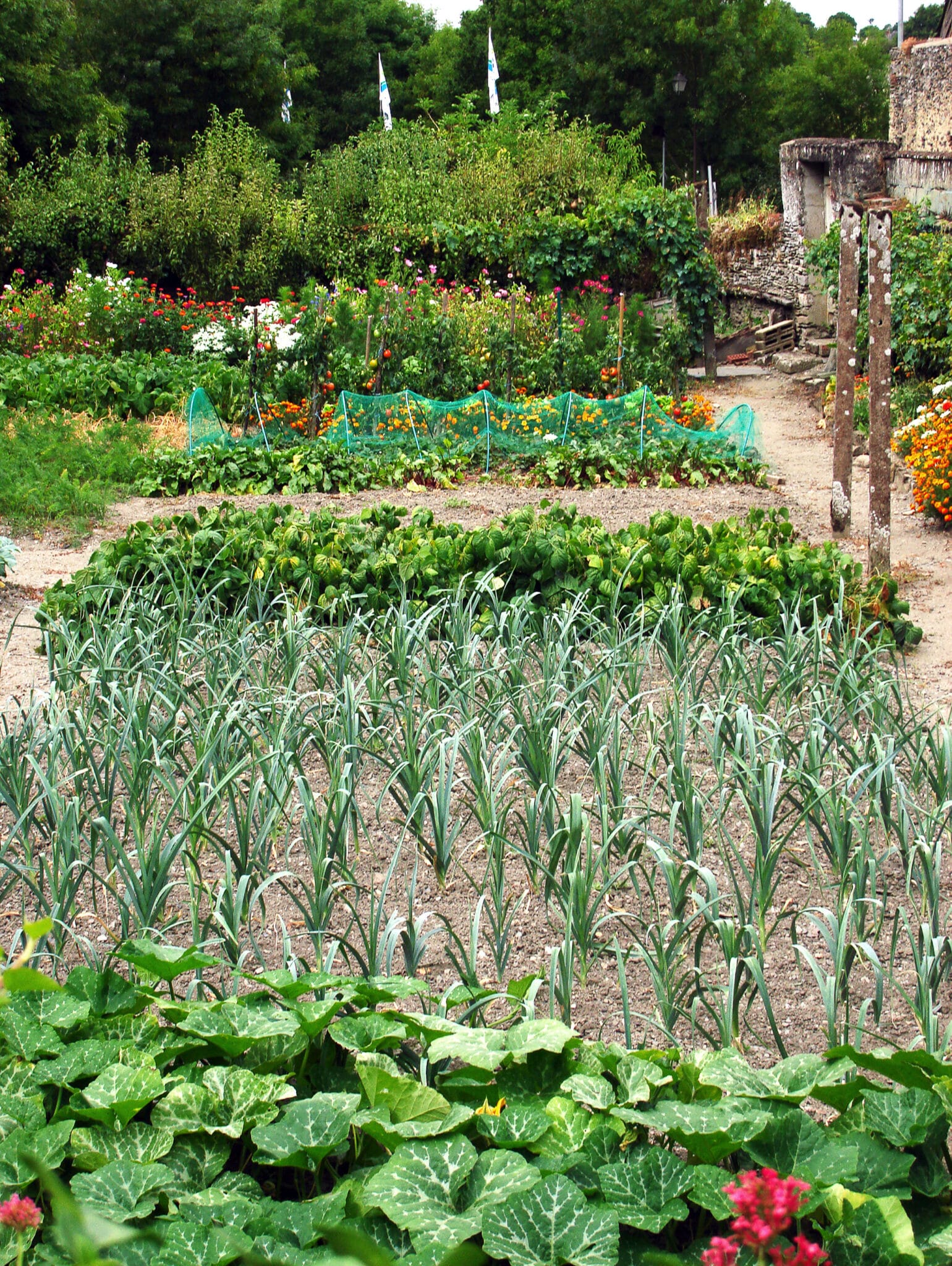
3. A Garden Needs Water
How will you water your garden once it’s planted? Do you have a drip system to keep it watered, or will you need to drag a hose (or haul watering cans) over to give your plants a drink?
If your planned garden spot is far from the house, this is an important consideration for a couple of reasons:
- The job of hauling water to the garden will, at some point, feel more like a chore than a task.
- A garden tends to need more water and maintenance during the middle of the summer and into the harvest season. If you like to take trips around that time, you’ll need to get someone to check in on your garden (and possibly water it) while you’re away.
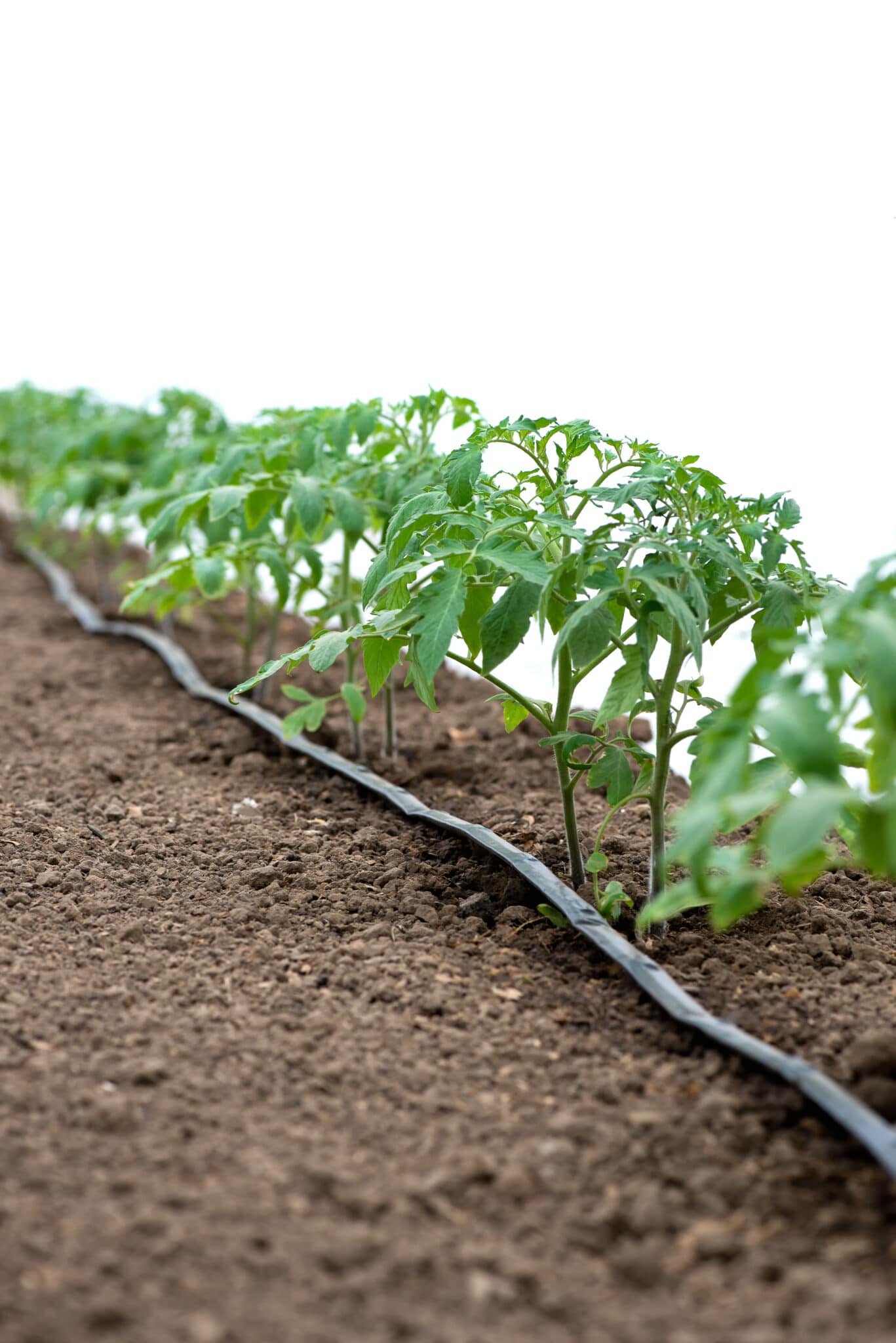
4. Decide What Type Of Garden You Want To Have
There are several ways to grow a vegetable garden, and you get to decide which setup will work best for you!
You can choose between:
- An in-ground garden
- Raised beds
- Growing veggies in containers
- Setting up a vertical garden
- Or even indoors! There are several vegetables you can grow indoors all year round with a bit of effort.
No matter which design you choose, you will need to do some work to set everything up. Factors that will go into making this decision include:
- How much gardening space you have
- The quality of your soil
- How well your soil drains
- Any joint problems or physical limitations you may have
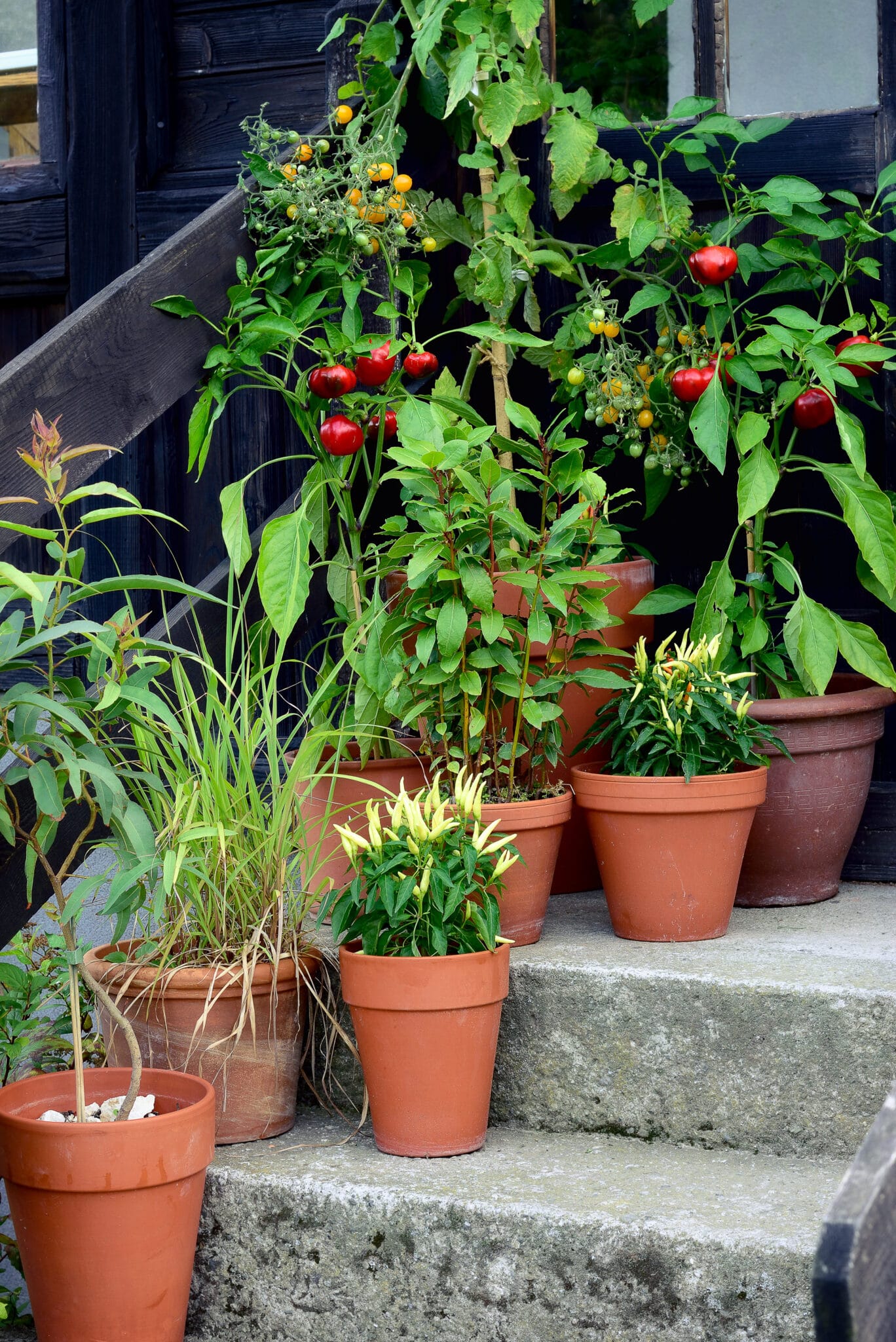
5. Decide The Best Time To Start Planting
This will vary greatly depending on what hardiness zone you live in and the weather in your region. You may need to start seeds indoors for several weeks before transplanting your plants outside, or you may be able to sow directly into the ground.
In order to begin planning out the timing of planting your vegetable garden, you need to know when you can expect to plant your vegetable plants outside and work backward from there.
Tip: You can use this map to help you determine your hardiness zone, and this planting calendar will help you get an idea of when it’s safe to plant different vegetables outside in your area.
Also, some veggies grow best in cooler weather (spring and fall), and some vegetable plants grow best during the very hot months. Keep that in mind as you plan and follow all growing instructions on your seed packets.
Finally, if you want to grow a quick crop like spinach but want to harvest it throughout the entire growing season, stagger plantings so you regularly have a fresh harvest to enjoy.
6. Plant Arrangement
Anything you do as you figure out how to plan a vegetable garden will be have been for nothing if you don’t put a little time into deciding how to arrange your vegetable plants. But this is the fun part, so it doesn’t really feel like work!
You may not need to spend much time at all doing this if you’re only growing one or two plants. However, if you grow a larger garden, you need to keep a few things in mind:
- Plant taller plants (corn, anything on a trellis) in the back – or on the north side – so that they don’t prevent your shorter plants from getting the light they need.
- If you’re planting heavier vining plants, such as squash and melons, plant them around the outskirts of your garden or along a fence, so they have room to spread out.
- If there are parts of your garden space where some shade is unavoidable, save those areas for veggies that prefer a little shade in the heat of those hot summer days.
- Most veggies need to be planted year after year; however, if you plan to grow any perennial vegetables, determine a permanent location for them. Examples include rhubarb, asparagus, and some herbs.
- Keep in mind how long it takes between planting and harvesting your produce (called “days to maturity” on seed packets).
7. Factor In Companion Planting
As you plan out your vegetable garden and decide how you want to arrange your plants, leave some room in your garden plans to include companion plants.
Companion plants are flowers or other plants that help discourage pests or attract pollinators. In short, they’re beneficial plants for your vegetable garden and may add some beautiful color too!
For almost every kind of vegetable you would want to grow, there are plants (sometimes other vegetables) that you can grow nearby to encourage healthier plants and higher yields.
They’re just nature’s way of helping your garden!
How To Plan Your Vegetable Garden: More Tips For Success
Besides the 7 tips above to help you learn how to plan a vegetable garden, here are a few additional tips to help your garden be successful!
- Remember when planting your small plants that they will grow exponentially bigger. Leave plenty of space between plants to avoid overcrowding which can stunt your harvest. Be sure to follow planting space directions for the seeds or plants you are adding to your garden.
- You want to be able to access all areas of your vegetable garden at all times so that you can weed and harvest your veggies without stepping on or harming nearby plants. If you use a wheelbarrow ( I do! ) be sure your paths are wide enough to allow a wheelbarrow to maneuver. Three to four-foot paths allow for good maneuverability.
- Write down your garden plan and any notes of things that worked or didn’t work through the season. Most people can’t remember exactly what they did from year to year. Having notes will remind you to help you improve what you do from one year to the next.
- Have neighbors that garden? They are an excellent source of regional information. They can tell you what grows well for them and what pests they deal with each year.
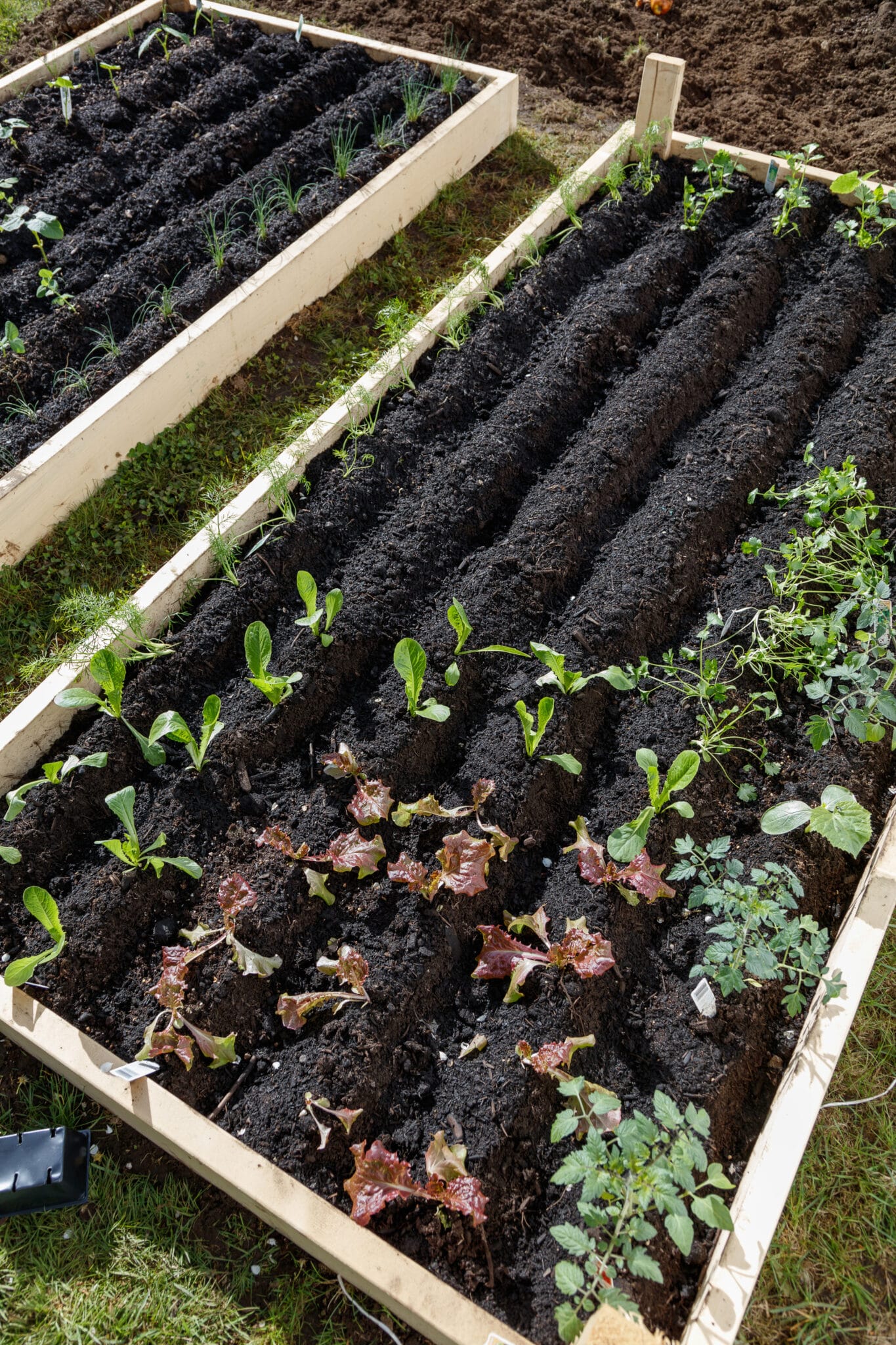
FAQs
It depends on what you want to grow! A 4×4-foot raised bed or even a few containers can be enough for herbs, greens, and compact veggies. If you have more space, a 10×10-foot plot allows for greater variety while still being manageable for beginners.
A simple grid layout or raised bed system works best for beginners because it keeps plants organized and easy to maintain. If you’re short on space, check out our premade small garden plan for an easy-to-follow layout that maximizes your growing area.
Healthy garden soil should be loose, well-draining, and rich in organic matter. You can test your soil by checking its texture (should crumble easily, not compact) and using a simple soil test kit to measure pH and nutrient levels. Adding compost improves poor soil and boosts plant health.
The best time to plan your garden is in late winter or early spring, before planting season begins. This gives you time to choose your crops, prepare the soil, and map out your layout so you’re ready to plant as soon as the weather warms up.
It depends on the plant! Fast-growing vegetables like lettuce, radishes, and beans are easy to start from seed. Slow-growing crops like tomatoes and peppers are often better started from nursery seedlings unless you have time and space to grow them indoors first.
Final Thoughts On How To Plan A Vegetable Garden
If you dedicate a little bit of time to planning your garden this year, the results will be more than worth the effort and time!
I hope these garden planning tips help improve your yield and gardening enjoyment this year. What’s your biggest challenge when planning a vegetable garden? Drop a comment below—I’d love to hear what you’re working on!
More Gardening Inspiration

Author: Laura Kennedy
Writer & Owner of Little Yellow Wheelbarrow
Laura is a highly skilled gardener and fervent flower enthusiast. Despite her playful battle with plant spacing guidelines, Laura’s work inspires gardeners to create thriving, beautiful spaces that reflect both creativity and sustainability.
Editorial Note: This article was originally published on March 30, 2021. It was updated on March 3, 2025, to include more information and improve readability.

